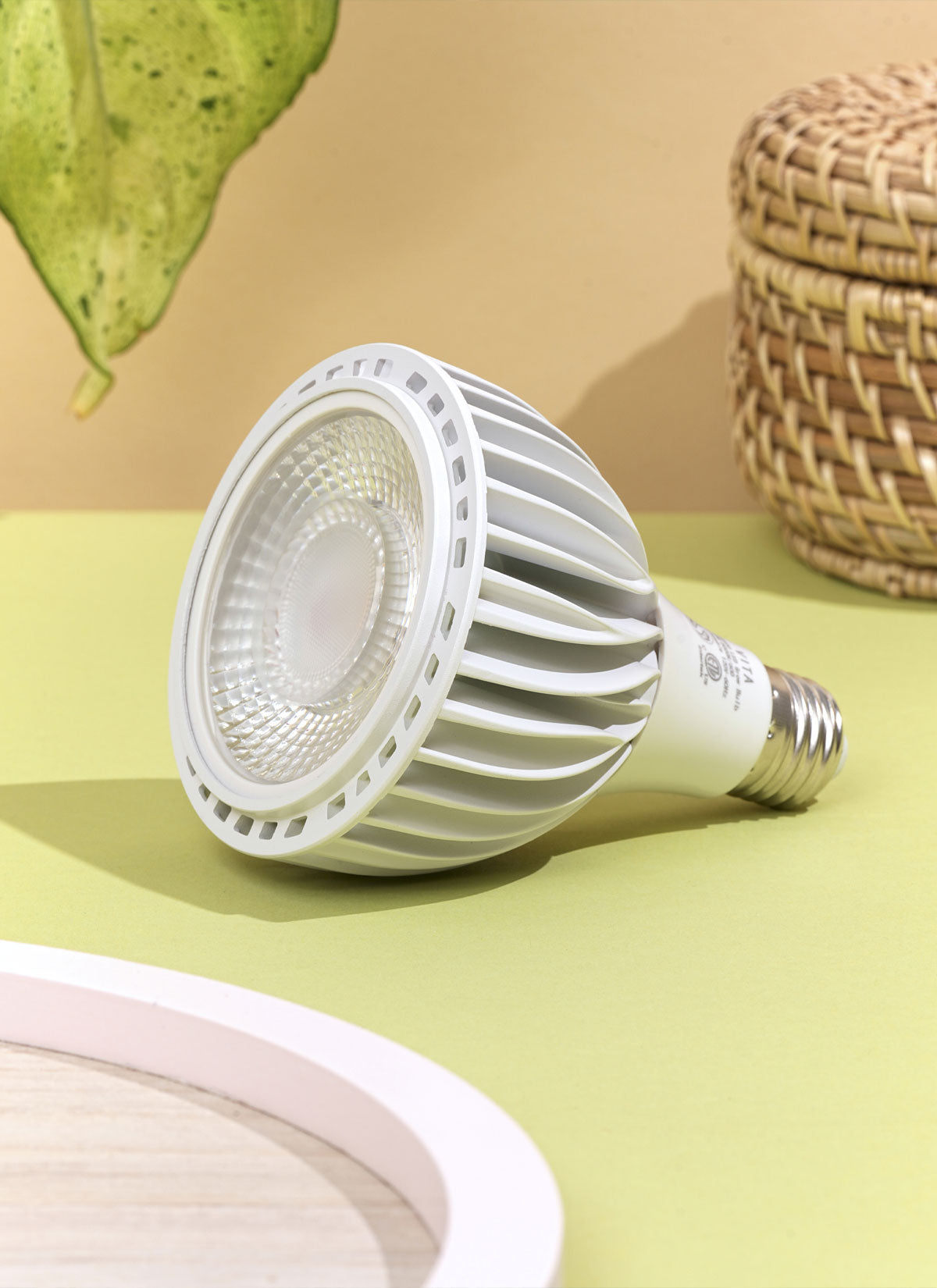Quick Tip: Water until water comes out of drainage holes. Allow top 2 inches of soil to completely dry between waterings.
Bird of Paradise needs to be watered regularly to grow well, but too much water can cause the roots to rot. The best way to water is to let the top inch of soil dry out before adding more water. This plant likes to stay moist all the time, but not so much that it gets soaked. During the growing season, which usually lasts from spring to fall, you should water your plants once a week. When the plant is dormant in the winter, you should only water it every two to three weeks. It's important to use a soil mix that drains well and not let the plant sit in water. Also, misting the plant often can help raise the humidity and encourage healthy growth.




















